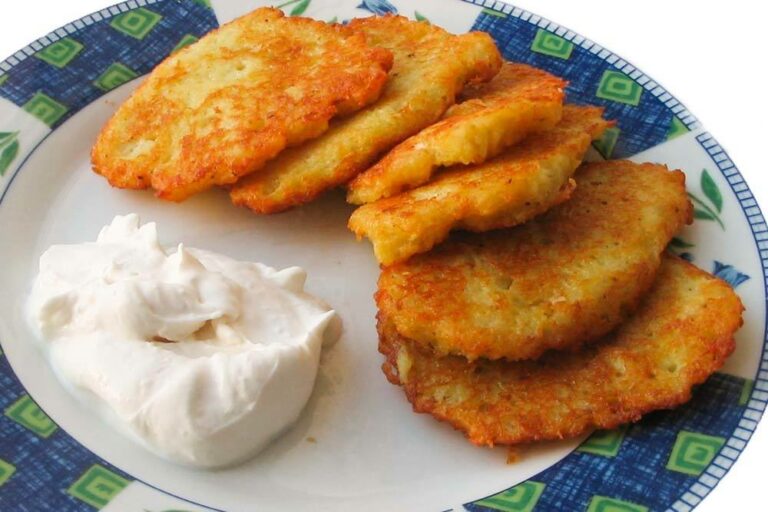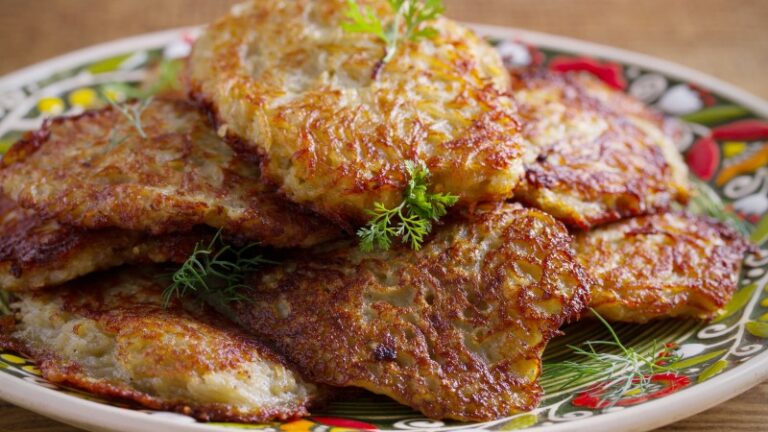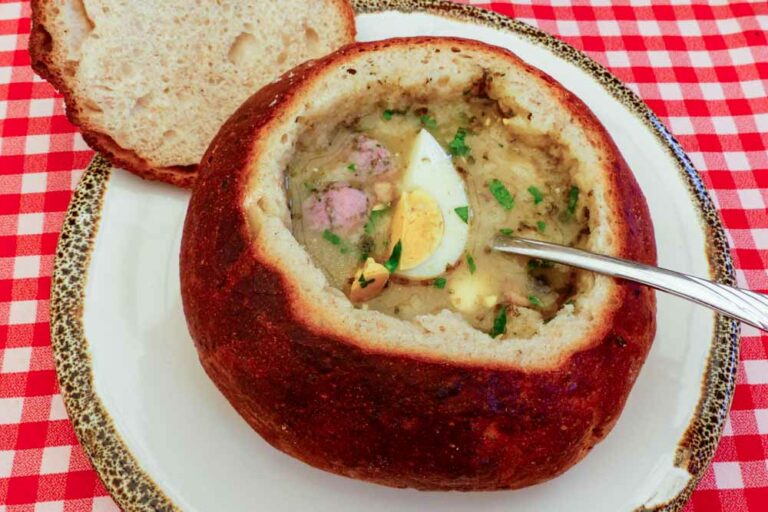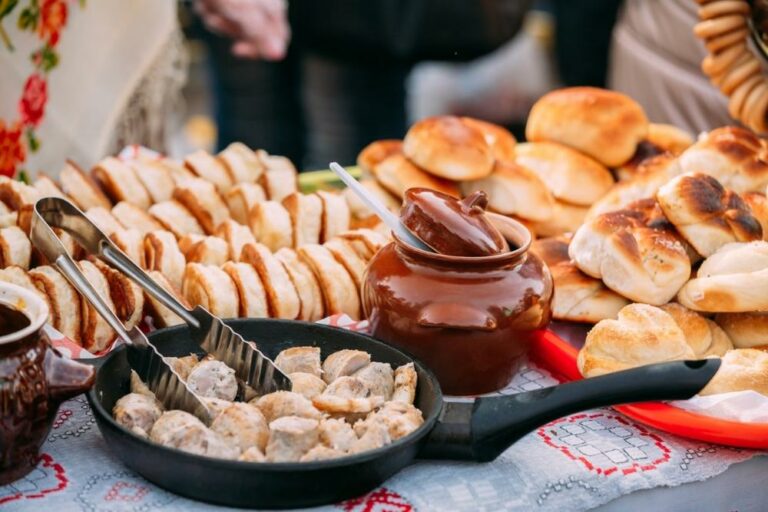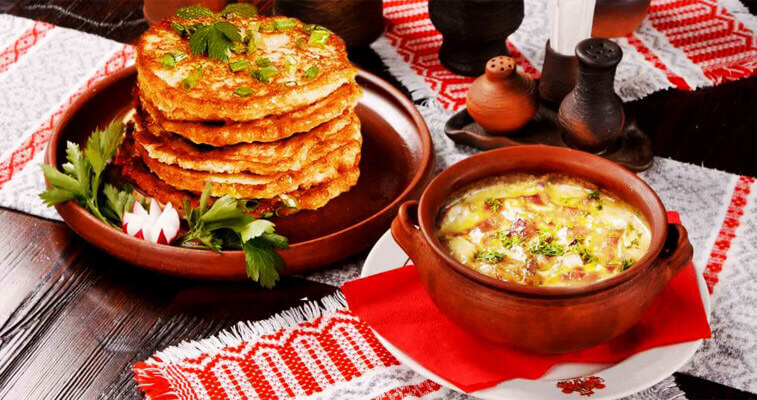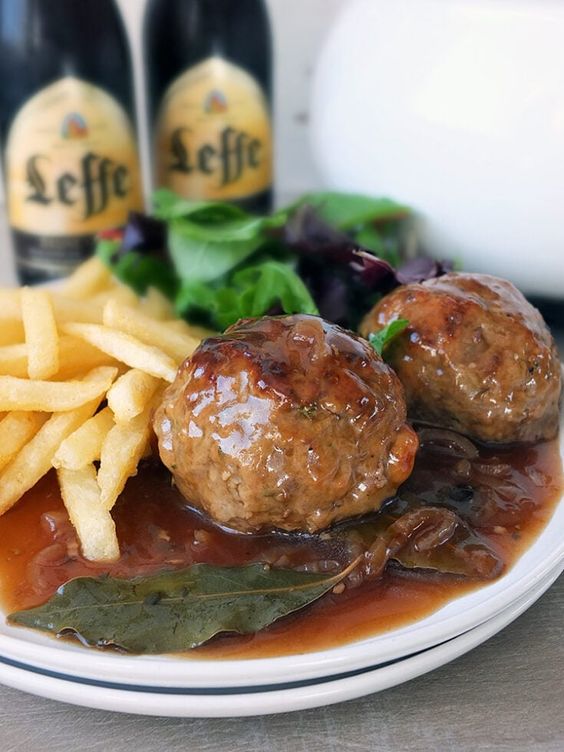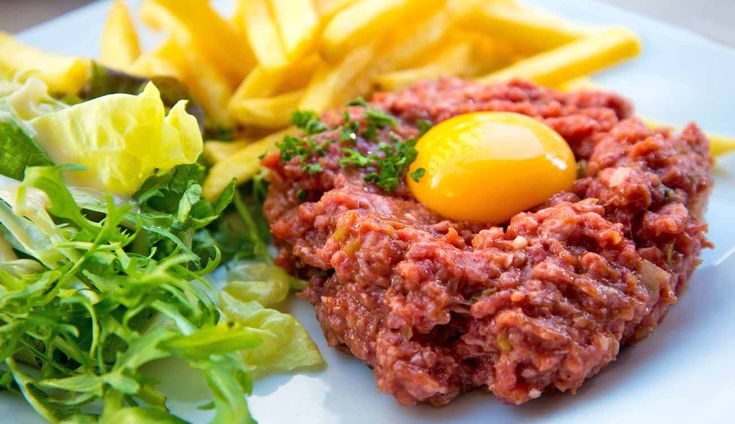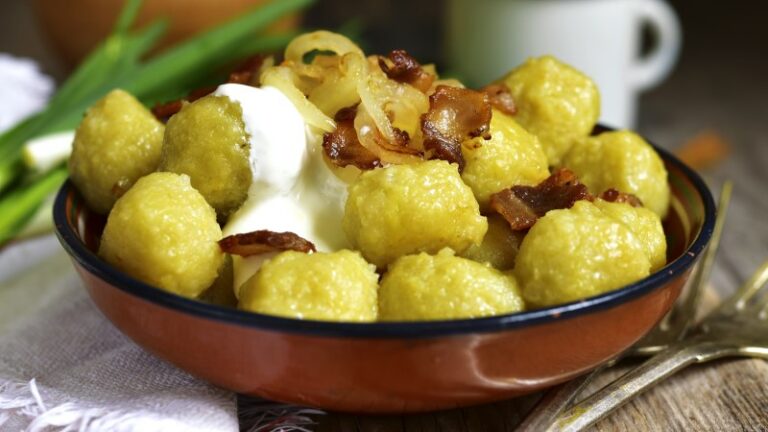Introduction: Belarusian cuisine and vegetarianism
Belarusian cuisine is known for its hearty and filling dishes that often contain meat, potatoes, and mushrooms. However, with the growing popularity of vegetarianism worldwide, many people are curious about whether there are any vegetarian options available in Belarusian cuisine. In recent years, vegetarianism has become more widely accepted in Belarus, and there are now several vegetarian and vegan restaurants in major cities like Minsk.
Belarusian staples and their meat content
Many traditional Belarusian dishes are centered around meat, such as draniki (potato pancakes), machanka (pork stew), and kolduny (meat dumplings). However, some of these dishes can be adapted to be vegetarian-friendly by using alternative ingredients like mushrooms or tofu. It’s worth noting that Belarusian cuisine also features a lot of dairy products, so vegans may find it more difficult to find suitable options.
Dairy-based dishes in Belarusian cuisine
Dairy plays a big role in Belarusian cuisine, with sour cream and cottage cheese being popular ingredients in many dishes. For example, syrniki (cottage cheese pancakes) are a common breakfast food that can easily be made without any meat. Another popular dish is kholodnik, a cold soup made with beets, cucumbers, and sour cream. While it typically contains hard-boiled eggs, these can be omitted to make it vegetarian.
Vegetable dishes in Belarusian cuisine
Belarusian cuisine also features several vegetarian-friendly dishes that are based on vegetables, such as salads made with beets, carrots, and cabbage. One popular dish is zrazy, which are stuffed vegetables (usually mushrooms or eggplant) that are pan-fried and served with a creamy sauce. Additionally, many Belarusians grow their own vegetables and fruits in their gardens, so seasonal produce is often incorporated into meals.
Traditional soups and their vegetarian options
Soup is a staple of Belarusian cuisine, with borscht (beet soup) and solyanka (meat and vegetable soup) being particularly popular. However, vegetarian versions of these soups are also available, with beets and mushrooms being used as the main ingredients instead of meat. Another soup to try is zhur, a thick soup made with rye flour and vegetables that is typically served with sour cream.
Vegetarian-friendly snacks and sides
In addition to main dishes, there are also plenty of vegetarian-friendly snacks and sides in Belarusian cuisine. For example, marinated mushrooms are a popular appetizer, while draniki (potato pancakes) can be served with a variety of toppings like sour cream, applesauce, or lingonberry jam. Belarusian cuisine also features a lot of pickled vegetables, such as cucumbers and cabbage, which can be served as a side dish.
Contemporary Belarusian cuisine and vegetarianism
While traditional Belarusian cuisine may not be the most vegetarian-friendly, modern chefs are starting to incorporate more plant-based options into their menus. Many new restaurants in Minsk offer vegetarian and vegan dishes, and there are even plant-based food festivals that take place throughout the year. As more people in Belarus become interested in vegetarianism, it’s likely that the cuisine will continue to evolve to include more meat-free options.
Conclusion: The future of vegetarianism in Belarusian cuisine
In conclusion, while Belarusian cuisine may not be the first choice for vegetarians, there are still plenty of options available. With a little creativity, many traditional dishes can be adapted to be vegetarian-friendly, and there are also several vegetable-based dishes that are already part of the cuisine. As vegetarianism becomes more popular in Belarus, it’s likely that more restaurants will start offering meat-free options, making it easier for vegetarians to enjoy the country’s delicious cuisine.

